Learn everything you need to know about different types of legumes, what they are, if they’re good for you, how to use them, and so much more!
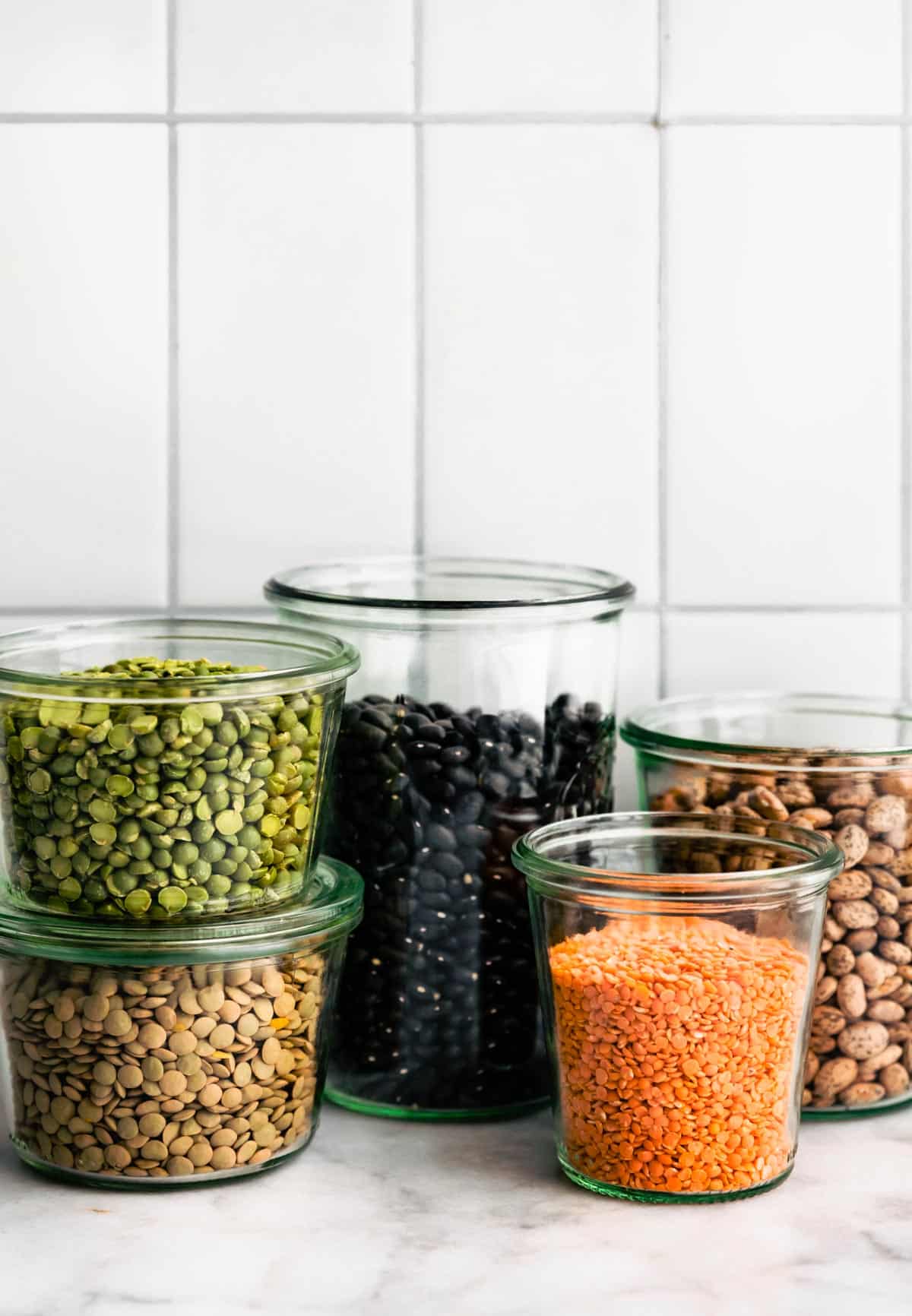
Part 1 of our installment of legumes posts, the following information will be a brief overview and guide regarding the types of legumes and their differences and similarities. Stay tuned for more in-depth detail regarding specific legumes and how to use them!
What Are Legumes?
Legumes are plants that are part of the Fabaceae family and are considered to be the seed, pod, or any other edible part of a leguminous plant. Simply put, they are the edible seeds of plants that grow in pods including beans, peas, and lentils.
How Many Different Types of Legumes Are There?
There are tons of legumes out there. Over 16,000 different species to be exact! They come in all different sizes, shapes, and colors. However, for the sake of brevity, we’ll just be focusing on a handful of the most common types of legumes. (Source)
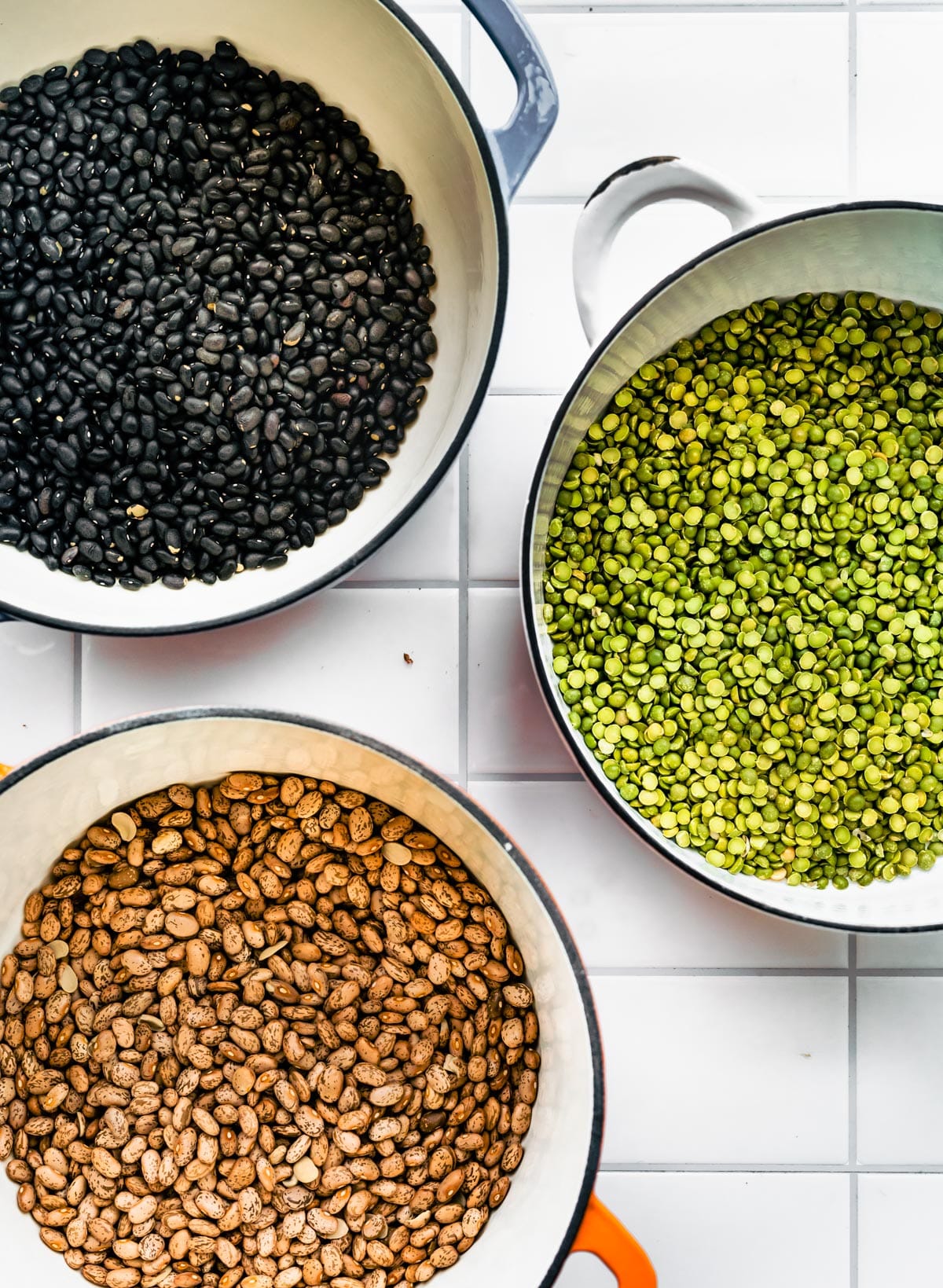
Are Legumes Healthy?
Yes! Of course, what is considered to be healthy looks different for everyone. However, generally speaking, legumes are one of the most nutritious foods you can find. For instance, most types of legumes are naturally very low in fat and contain no cholesterol. In addition, they’re often great sources of vitamins and minerals such as folate, potassium, iron, and magnesium. They also contain both soluble and insoluble fiber and are a source of plant-based protein. (Source)
List of Legumes (Gluten Free, Of Course)
Below you’ll find a list of 12 of the most common types of legumes, feel free to click or scroll to learn more about each. This is not a complete list but is a good place to start when trying to incorporate them into your meals!
Note: Legumes are naturally gluten free foods. However, like oats, they often come into contact with other gluten-containing foods in the production process. So, if you can, look for brands that are labeled gluten free. Also, rinse and soak them before cooking to eliminate any possible contaminants or debris.
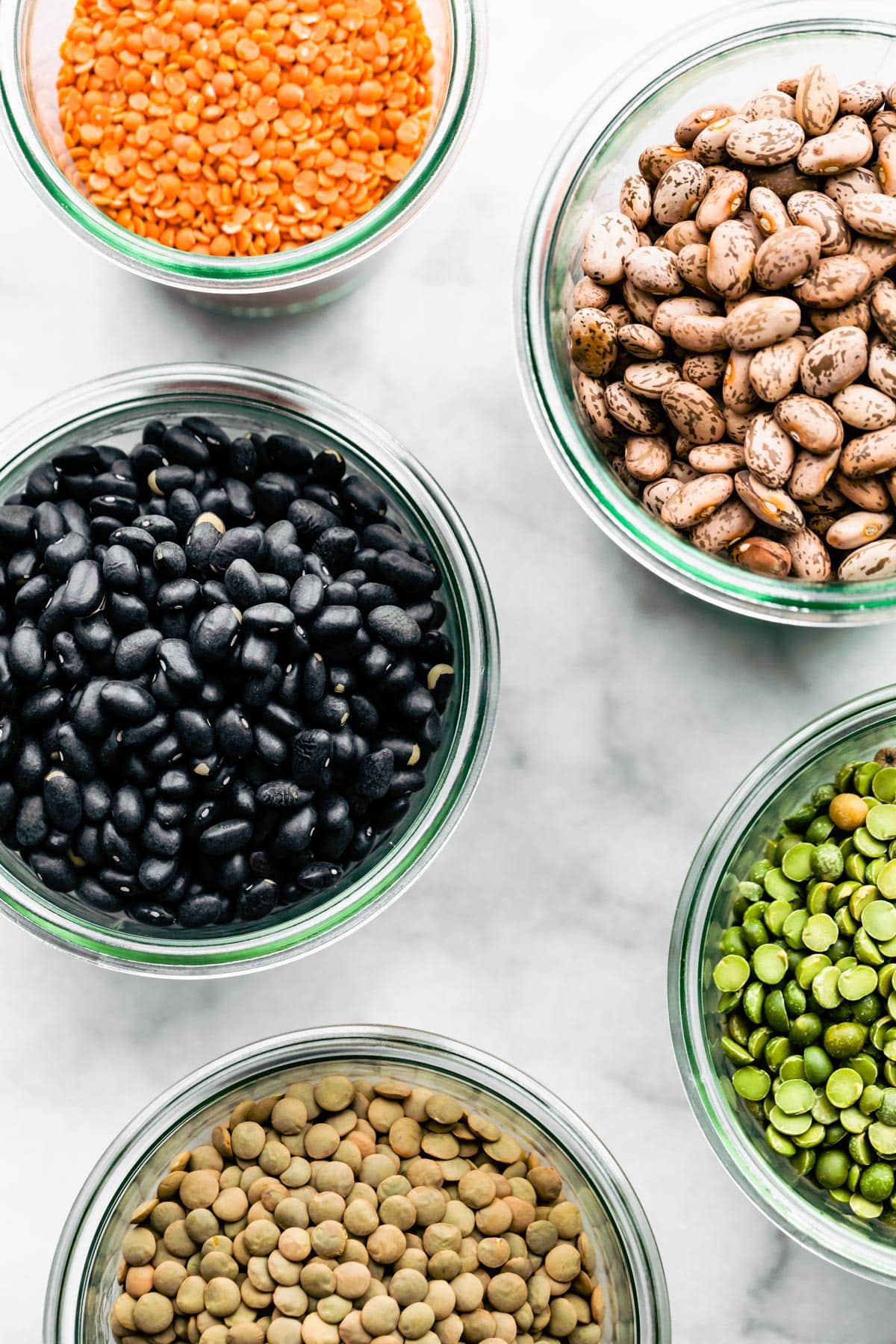
Peanuts
It comes as a surprise to many that despite their name, peanuts are not actually nuts at all! The truth is, they’re a type of legume that originates in South America.
Health Benefits: Peanuts are a great source of healthy omega fats, high-quality protein, and fiber. They’re also an excellent source of a variety of vitamins and minerals including biotin, copper, niacin, folate, manganese, vitamin E, thiamine, phosphorous, and magnesium.
Note: Although nutritious, peanuts are one of the most common food allergies.
Taste: Eaten raw, peanuts have a fairly bland or mild flavor and taste more like peas than nuts.
How to Use Them: In the United States, it is very rare to find peanuts in their raw state. Instead, they are almost always roasted. That said, peanuts are extremely versatile and can be used as garnishes, turned into peanut butter, mixed into soups, stews, trail mix snacks, and more.
Chickpeas
Also known as garbanzo beans, chickpeas are a legume native to the Middle East.
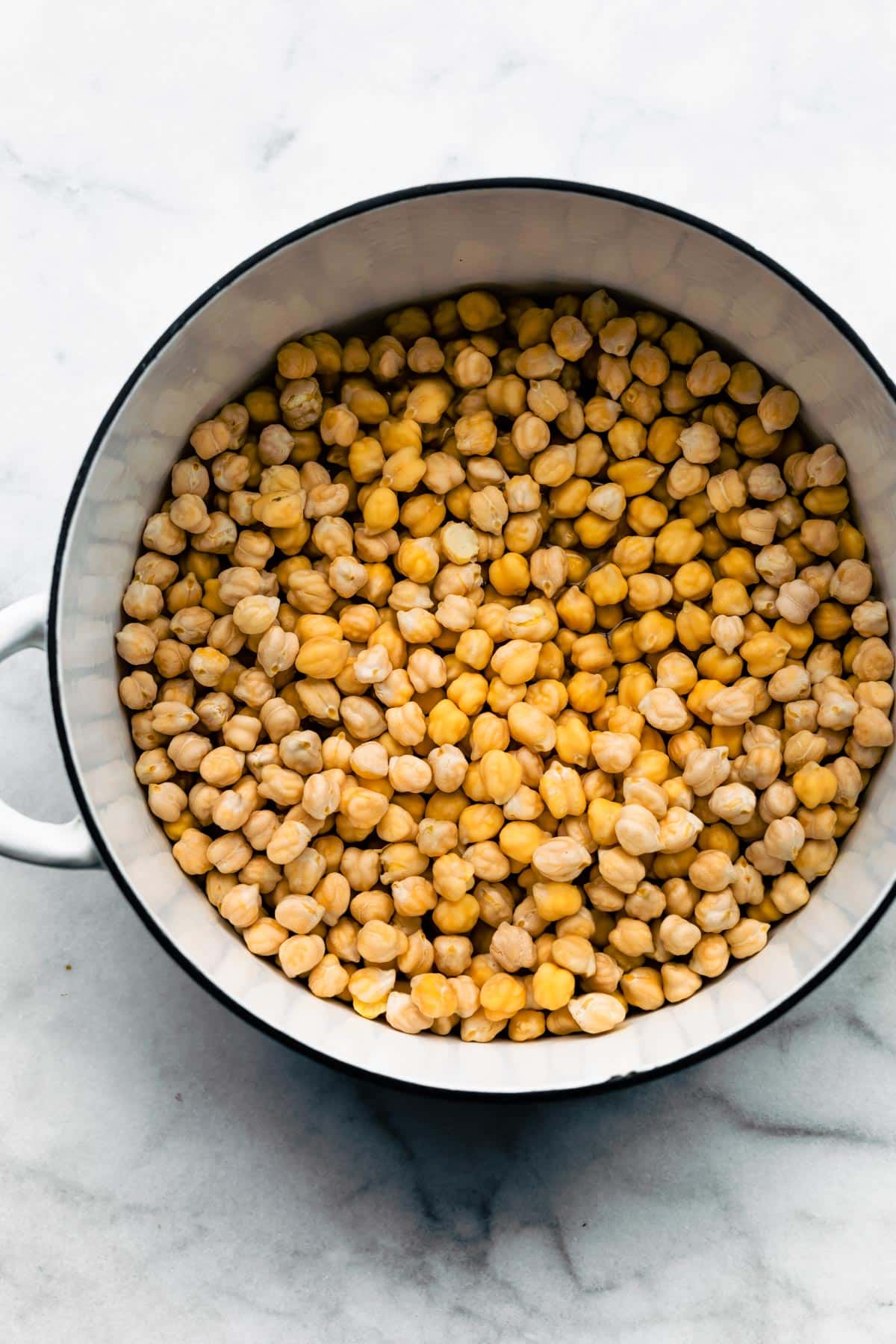
Health Benefits: Chickpeas pack a heavy nutrient profile and provide a great source of complex carbs, fiber, and plant-based protein. They also contain vitamins and minerals including manganese, folate, copper, zinc, and phosphorous.
Note: Chickpeas are a great food source to include in vegan and vegetarian diets because they are high in plant-based (non-heme) iron.
Taste: Mild in flavor with earthy undertones, chickpeas are most commonly described as having a similar flavor to that of cannellini or pinto beans.
How to Use Them: One of our favorite foods, there’s not much you can’t do with chickpeas! Use them to make roasted chickpeas for snacking or topping soups and salads, as a thickener in soups, to make aquafaba, as the base of hummus, in desserts, and more!
Kidney Beans
A red-hued variety of common beans, kidney beans are native to Central America and Mexico.
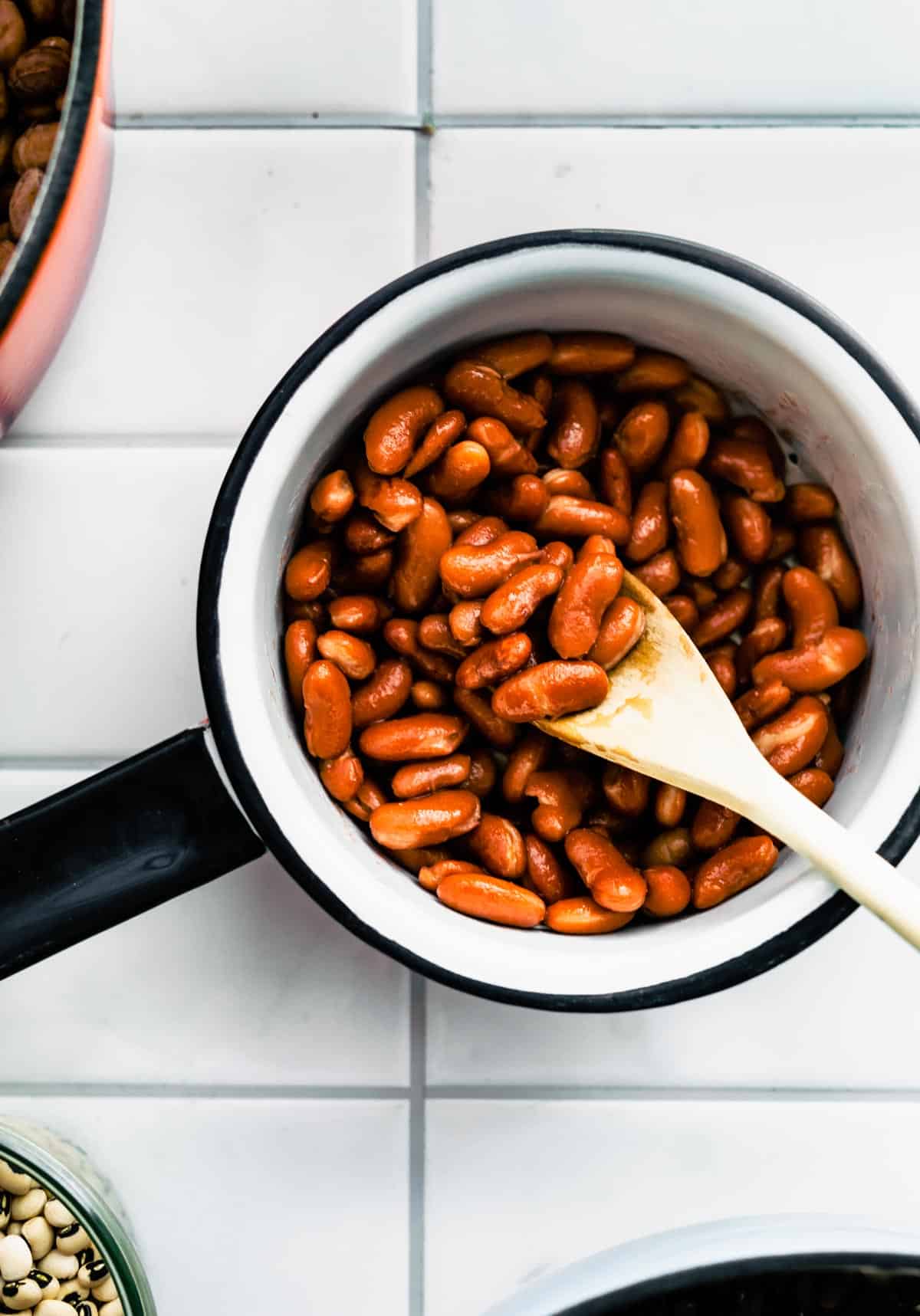
Health Benefits: Composed primarily of carbs and fiber, kidney beans are also a great source of plant-based protein. In addition, they’re rich in vitamins and minerals such as molybdenum, folate, iron, copper, manganese, potassium, and vitamin K1.
Taste: Kidney beans are fairly nutty and slightly sweet to taste.
How to Use Them: Although they can be added to pretty much anything, the most common ways to use kidney beans include mixing them into chili or soup, combining them with rice, and making a bean salad.
Pro-Tip: Kidney beans must be boiled at a temperature of at least 212° Fahrenheit for at least 10 minutes to be safe to consume.
Green Peas
Not to be confused with large, flat snow peas or sugar snap peas, green peas are the small spherical seeds that come from the pods of pea plants. They have been consumed for hundreds of years and can often be found in frozen, canned, and fresh varieties.
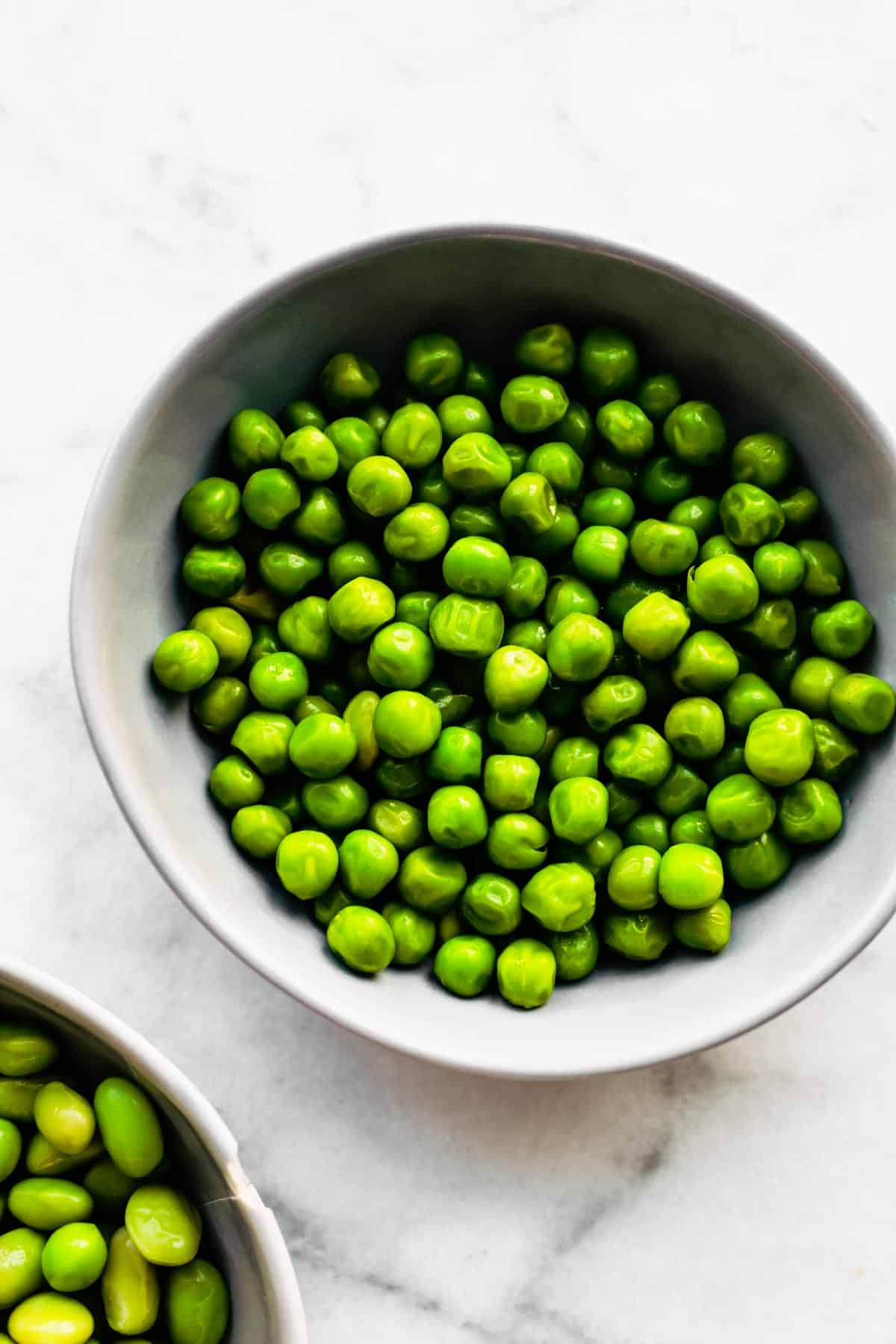
Health Benefits: High in fiber and protein, peas also contain nearly every vitamin and mineral you need including vitamins A, K, and C, thiamine, folate, manganese, iron, and phosphorus.
Taste: Once cooked peas have an earthy flavor.
How to Use Them: Peas can be served on their own as a side dish. Or, they are commonly mixed into soups, pasta, rice dishes, casseroles, and more.
Lima Beans
Also known as butter beans, double beans, or wax beans, lima beans a flat green beans grown in Peru.
Health Benefits: A good source of fiber, lima beans are particularly rich in manganese, copper, and magnesium.
Note: Lima beans are another bean especially good to consume when following a vegan or vegetarian diet because they have exceptionally high levels of plant-based protein.
Taste: Lima beans have a mild flavor and creamy texture.
How to Use Them: Lima beans can be served on their own as a side but are also used in succotash, hummus, and soup.
Black Beans
Also known as the common bean, black beans originated in South America and are not only a staple in Latin American and Caribbean cuisines, but are also one of the most common legumes.
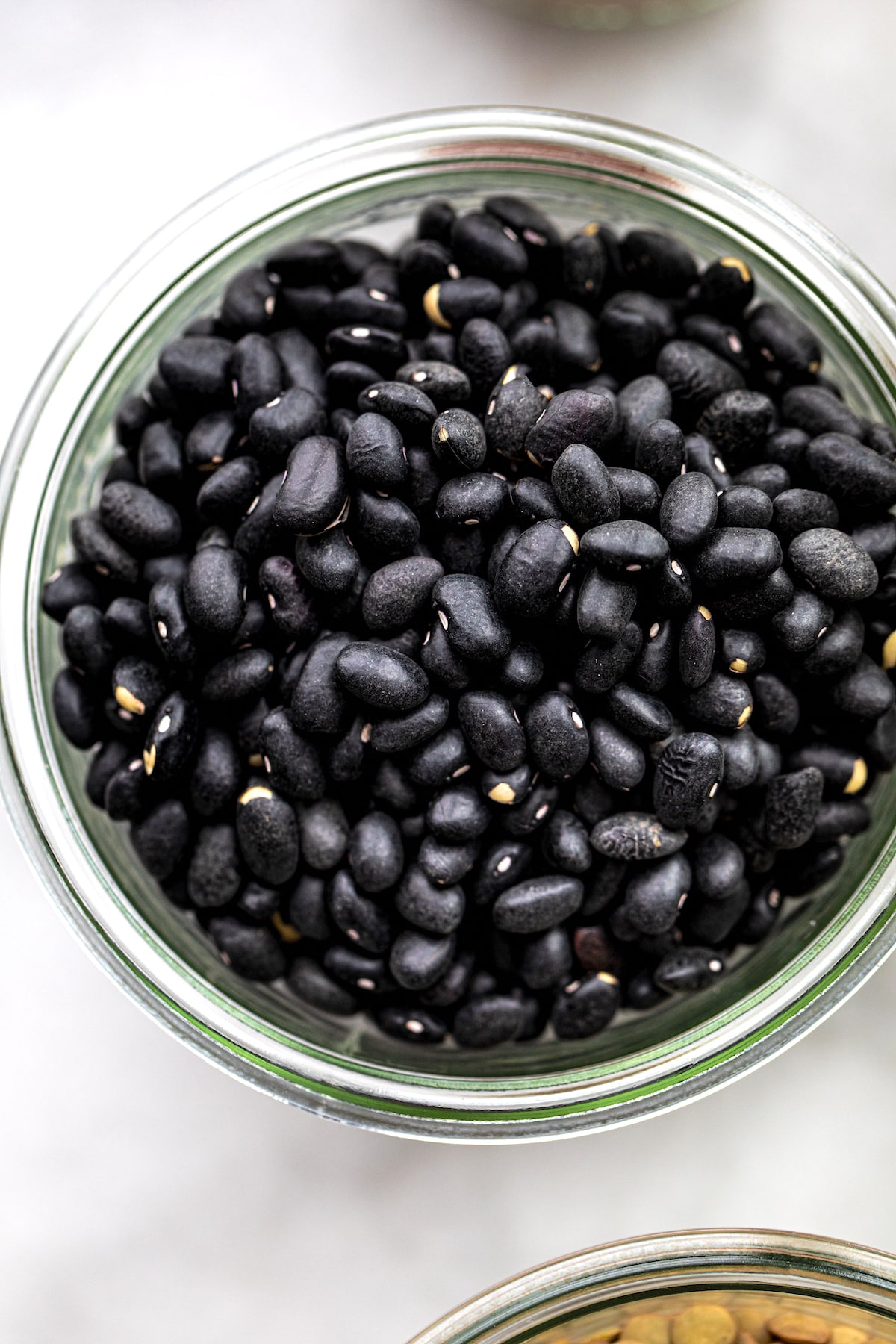
Health Benefits: A nutrient powerhouse, black beans are extremely high in fiber and plant-based protein. They’re also a good source of soluble fiber, insoluble fiber, resistant starch, calcium, selenium, and B vitamins.
Taste: Soft and creamy, black beans are mild in flavor and largely take on the taste of what they are paired with.
How to Use Them: Black beans can be seasoned as served as a side, mixed with rice, added to tacos, burritos, nachos, casseroles, dips, brownies, and more.
Soybeans
Also known as soya beans, soybeans are native to Eastern Asia and have been consumed for thousands of years.
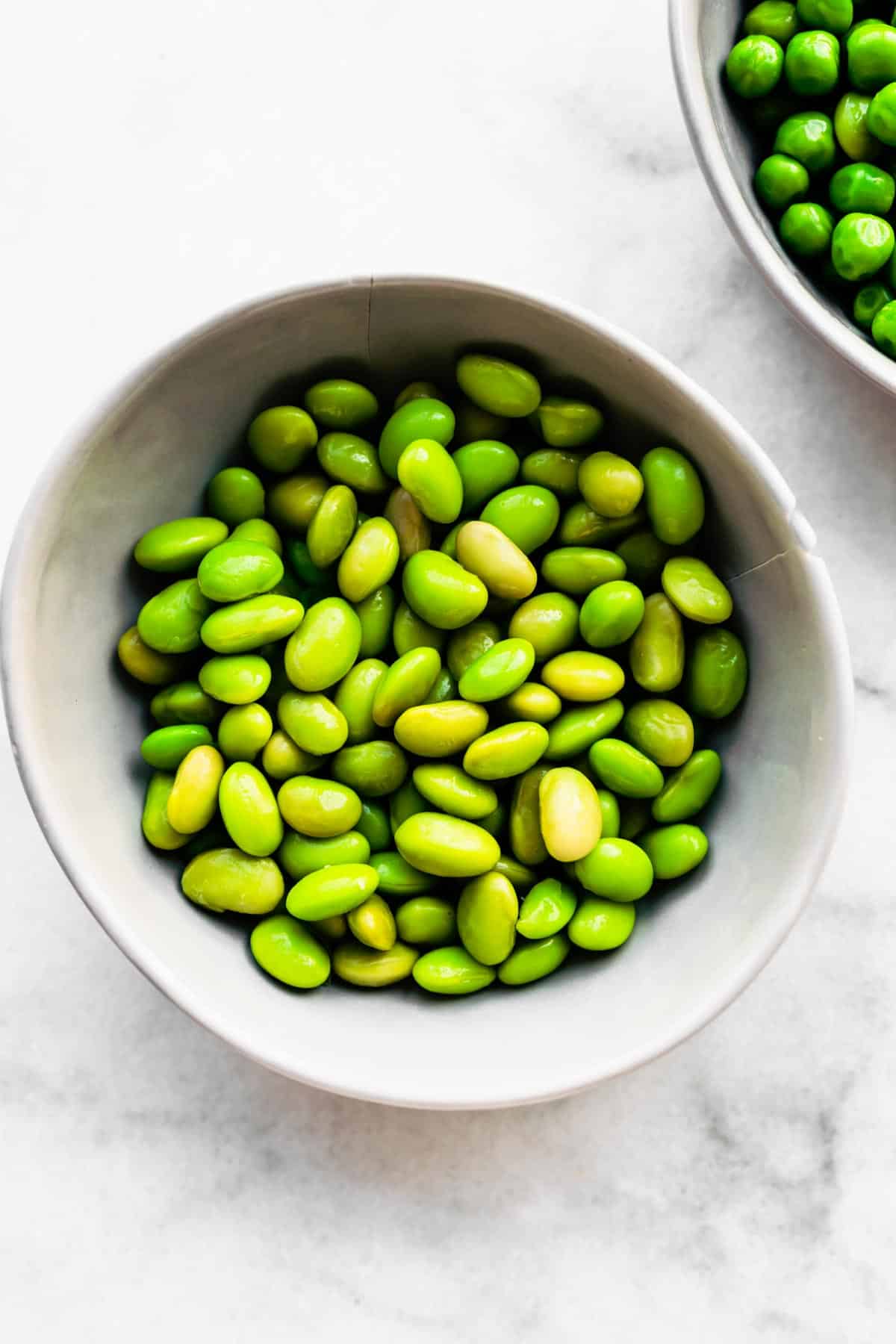
Health Benefits: One of the richest sources of plant-based protein, soybeans also contain high amounts of vitamin K1, folate, copper, manganese, phosphorous, and thiamine.
Taste: Soybeans are often described as having a grassy or bean-like flavor.
How to Use Them: Today, soybeans aren’t commonly eaten on their own. Instead, they’re used to make products like tofu, soy sauce, and tempeh. Be sure to check the label for certified gluten free soy products. If you have a soy allergy, avoid soy based products as well as traditional tempeh and tofu.
Nutrition Tip: Fermented soybean, such gluten free tempeh, contain prebiotic fibers which aid in digestion. Tempeh is also rich in plant based protein and iron, making it a good meatless option for vegetarians and vegans.
Lentils
Existing in many different varieties including brown lentils, green lentils, yellow lentils, and red lentils, the consumption of lentils can be traced all the way back to 8000 B.C. in Syria and remain a staple ingredient in many cultures across the world.
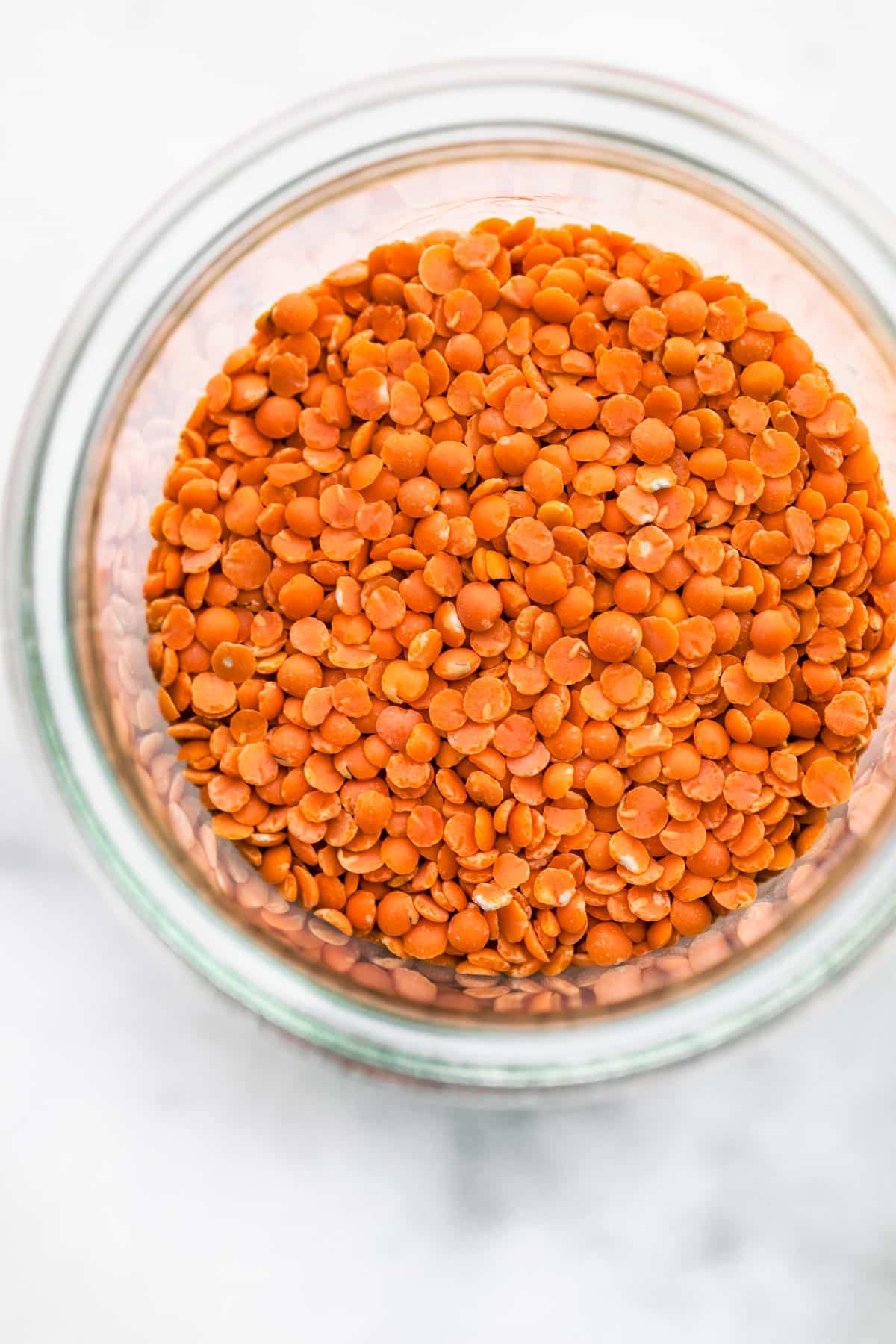
Health Benefits: Depending on the type of lentils being consumed, their specific nutrient profiles vary slightly. However, in general, they are a good source of plant-based protein and fiber and contain large amounts of B vitamins, iron, magnesium, potassium, and zinc.
Taste: Once cooked, lentils have a fairly soft or mushy texture and a mild, earthy, nutty flavor.
How to Use Them: Lentils can be used in a wide variety of ways including as a base for bowls, stirred into soups and chilis, mixed into curries, added to casseroles, and more.
Pinto Beans
The most popular beans in the United States, pinto beans are a variety of common beans.
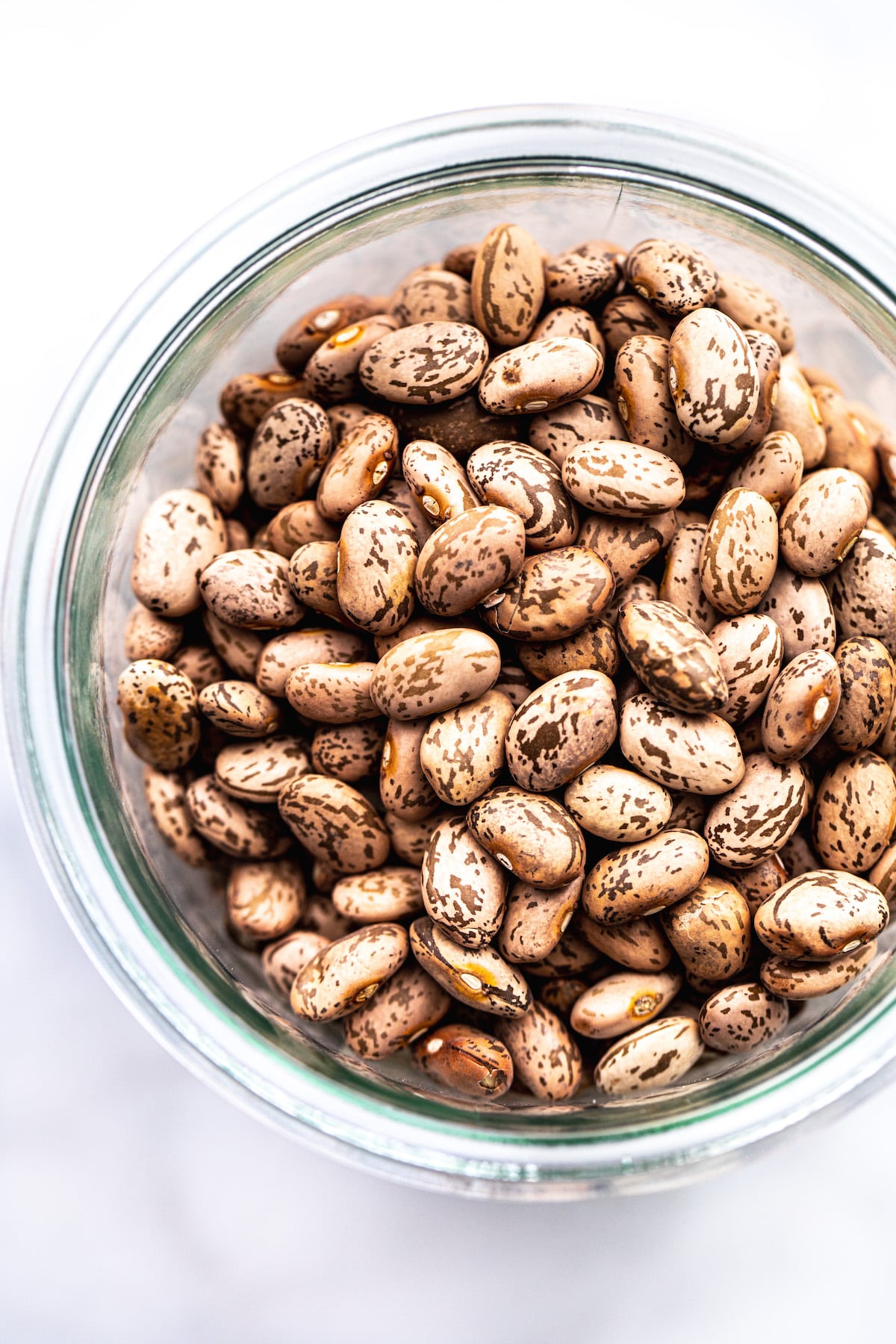
Health Benefits: Like other beans, pinto beans are a good source of fiber and protein but also contain large amounts of thiamine, iron, magnesium, phosphorous, and potassium.
Taste: Once cooked, pinto beans have a mild nutty, slightly earthy flavor.
How to Use Them: Pinto beans are commonly added to chilis, soups, bean dips, casseroles, tacos, and more.
White Beans
Domesticated in North and South America, white beans are one of the most common varieties of beans. They come in several different varieties, but cannellini beans are the most common.
Health Benefits: A nutrient powerhouse, white beans are a good source of fiber and protein as well as vitamins and minerals including folate, magnesium, vitamin B6, copper, and iron.
Taste: Meatier in texture than other bean varieties, white beans have a slightly earthy or nutty flavor.
How to Use Them: Super versatile, white beans can be added to salads, stirred into soup, added to chili, pasta, casseroles, etc.
Black-Eyed Peas
Also known as cowpeas, black-eyed peas are grown and cultivated all around the world.
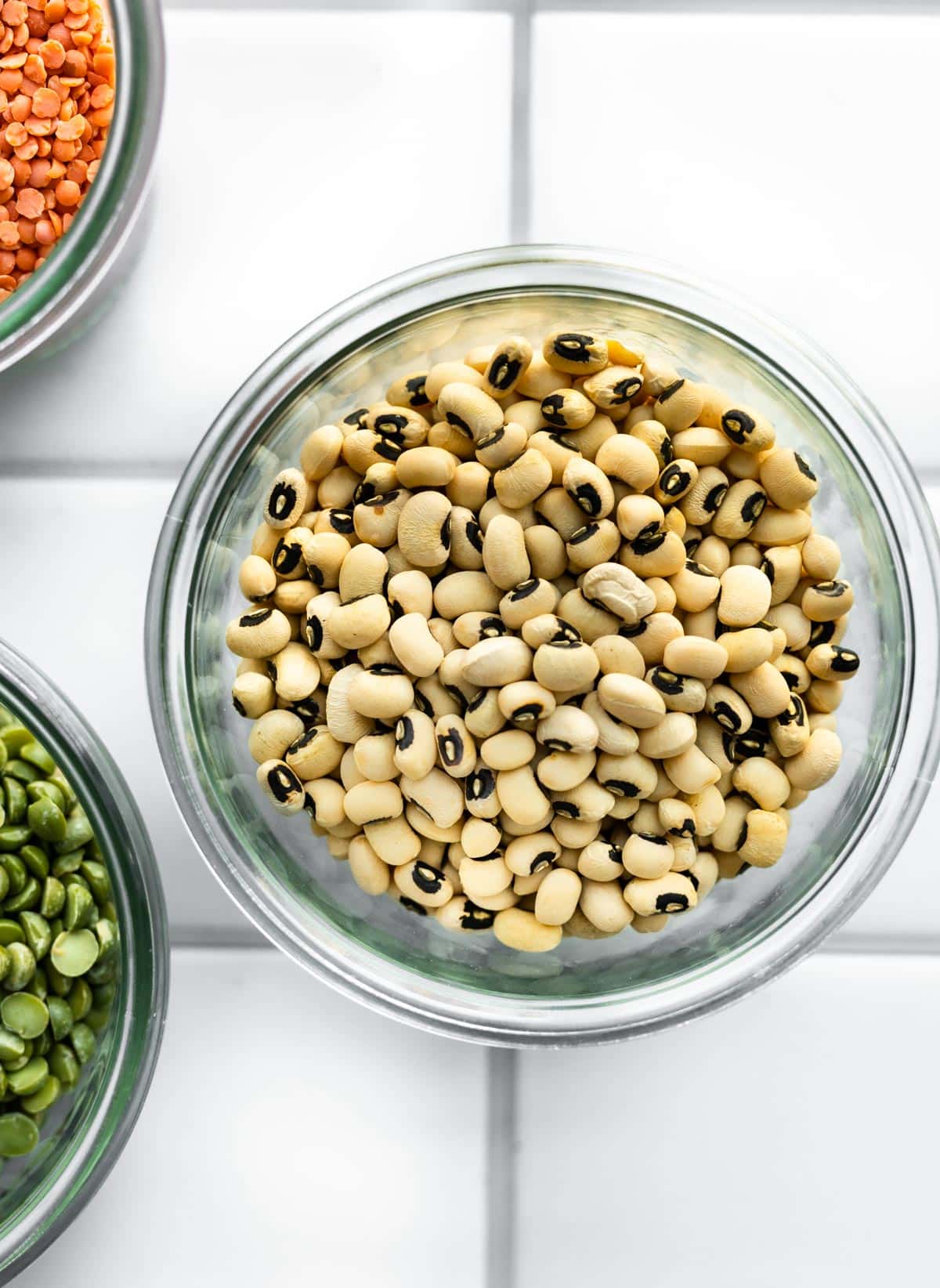
Health Benefits: Super nutrient-dense, black-eyed peas have a good amount of fiber and protein along with nutrients such as folate, copper, thiamine, and iron.
Did you know?! Just a ½ cup serving of black-eyed peas contains 44% of the recommended daily intake of folate! (Source)
Taste: One of the more bold tasting beans, black-eyed peas can be described as having a bold, savory flavor.
How to Use Them: Commonly served with rice, black-eyed peas can also be added to soups, stews, chilis, and casseroles.
Fava Beans
Also known as broad beans, fava beans are green legumes that come from the Mediterranean and are grown in pods.
Health Benefits: Incredibly nutritious, fava beans are rich in plant-based protein, soluble fiber, manganese, copper, and micronutrients such as thiamine and zinc.
Taste: Some people describe fava beans as having a slightly cheese-like texture. Fairly mild in taste, fava beans are creamy, earthy, nutty, and slightly sweet.
How to Use Them: Served on their own as a side, fava beans can also be added to salads, pasta, rice bakes, and casseroles.
How to Cook Legumes
In most cases, legumes can be found in pre-cooked canned varieties and in their dry form. Dried legumes are often a bit more budget-friendly but do require extra prep work. The exact instructions on how to prepare legumes will vary slightly depending on what you’re using. However, in general, they must be soaked and drained. Then, all you have to do is boil them, and they are ready to use!
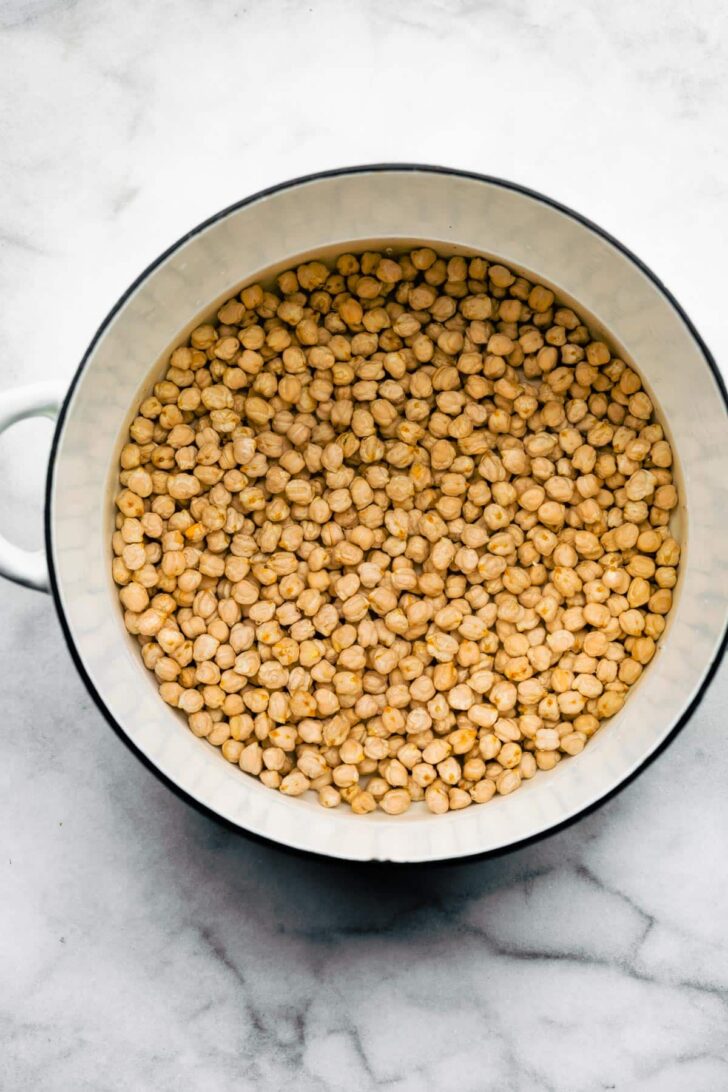
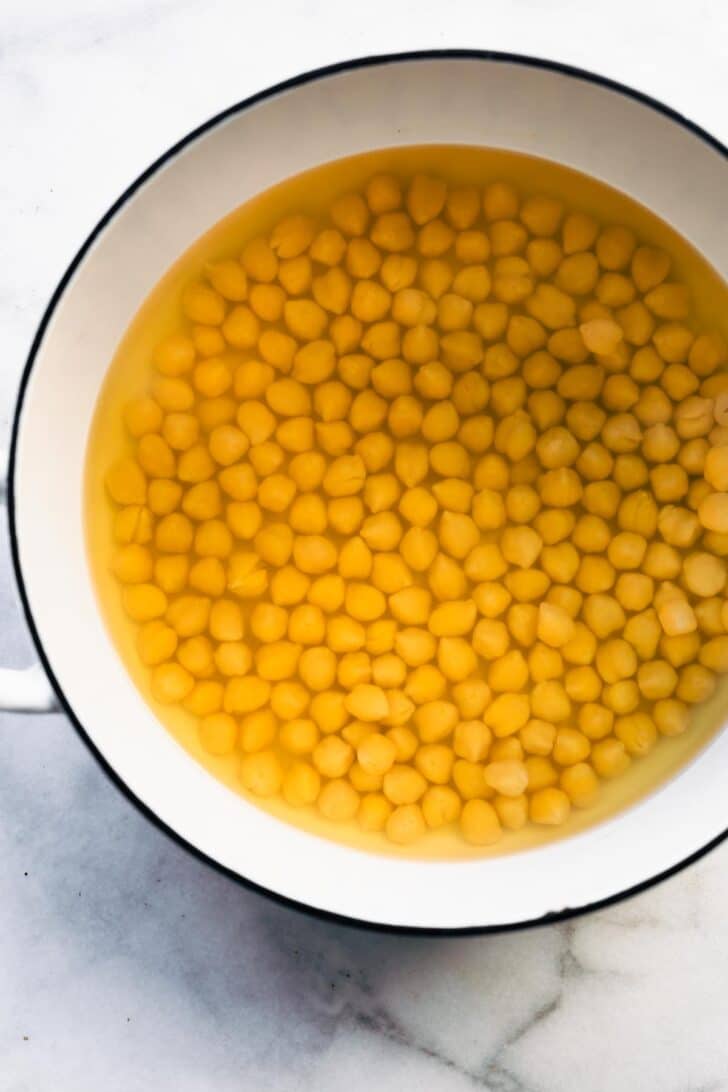
How to Store Legumes
A great option for meal planning and meal prep, legumes of all types can be stored for large periods of time.
- Dry legumes will stay fresh in an airtight container at room temperature for over 1 year.
- Canned legumes can be stored for up to 10 years if kept in oxygen-free containers.
- Once opened or cooked, legumes can be stored in an airtight container in the refrigerator for 4-5 days or in the freezer for up to 6 months.
More of Our Favorite
Gluten Free Legume Recipes
Now that we’ve covered the different types of legumes, you didn’t think we would leave you hanging without any recipes, did you?! Take a look at some of our favorite legume recipes below, and stay tuned for more.

Do you have questions, feedback, or tips about this recipe? Leave a comment below with any questions or feedback you’d like to share!
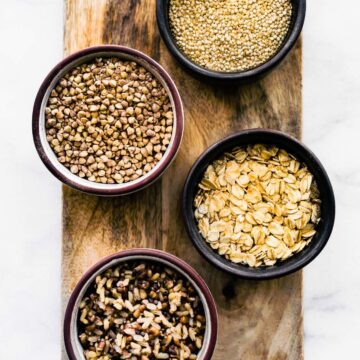





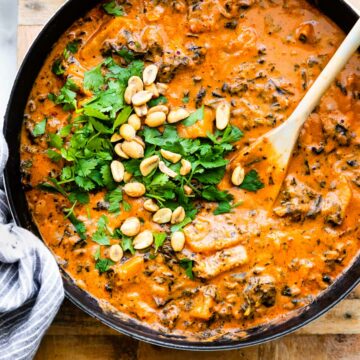
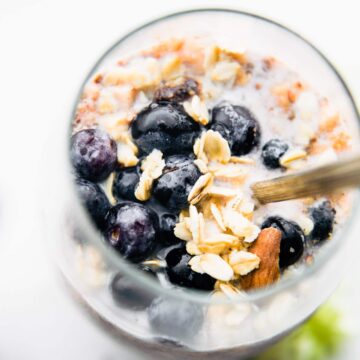
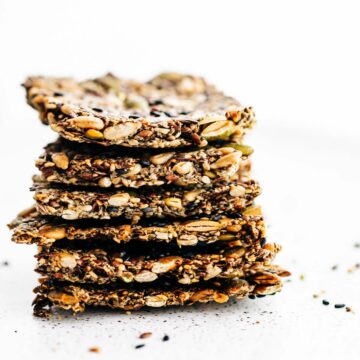

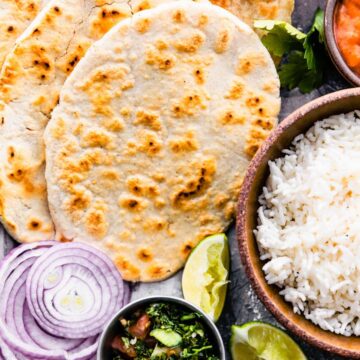
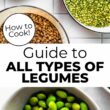
Rate & Comment